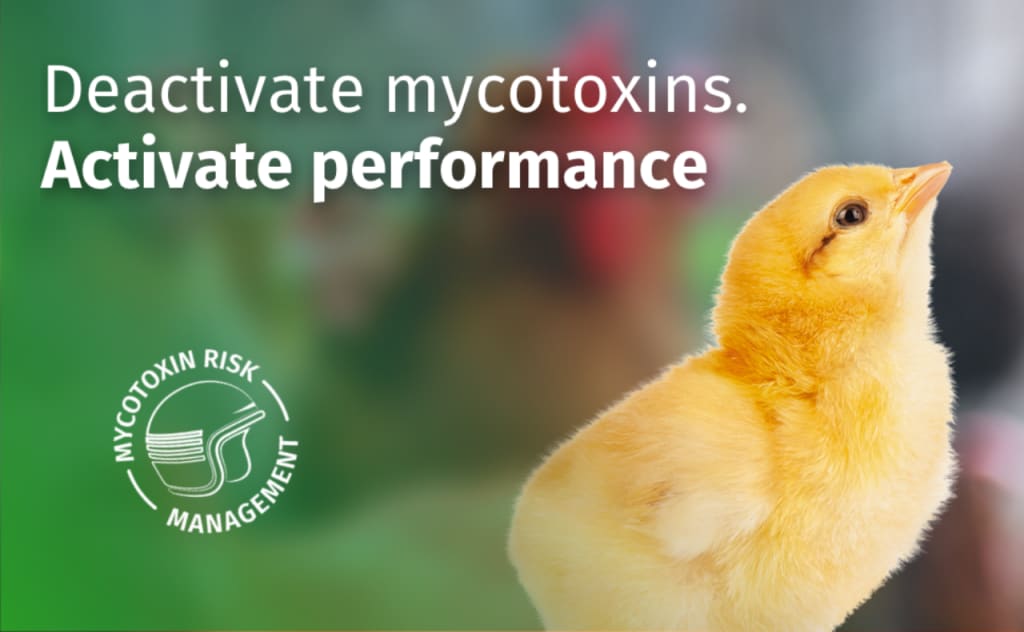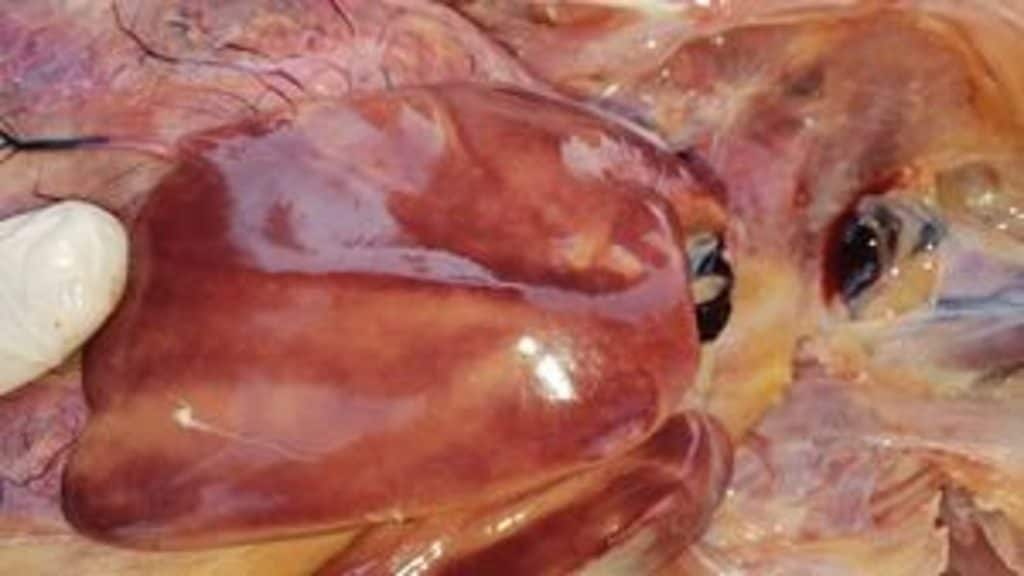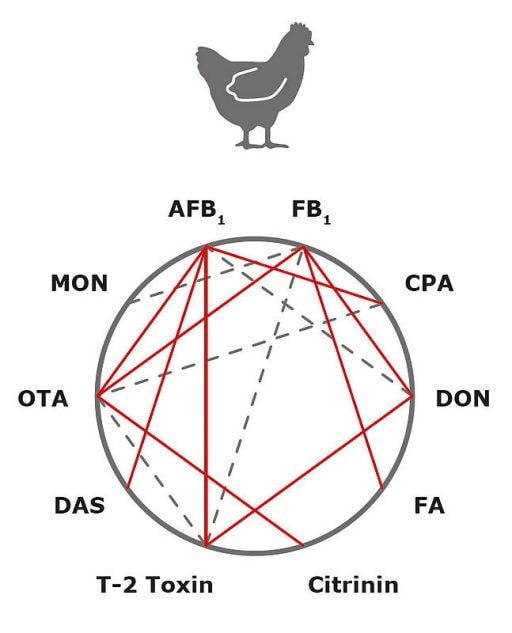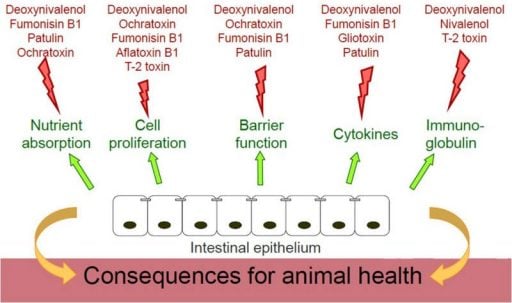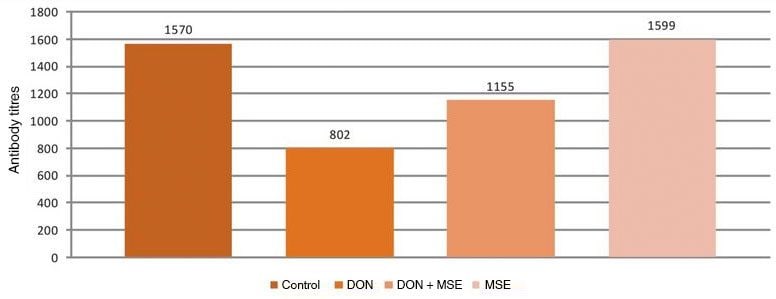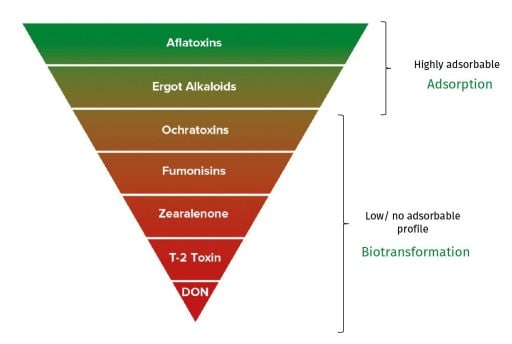
Jul . 09, 2024 14:34 Back to list
Deactivating Mycotoxins
Deactivating Mycotoxins
94% of animal feed is contaminated by mycotoxins which can cause major harm to your animals’ health and performance. Mycotoxins are metabolites produced by fungi infecting crops in the field as well as during storage and can be found on almost all agricultural commodities worldwide.
Take control over the risks mycotoxins pose to your animals. Discover more about the challenges and solutions.
Deactivate mycotoxins. Activate performance.
What is a mycotoxin and how can it harm my animals?
Mycotoxins are secondary metabolites of fungi. Secondary metabolites means that they are not essential in the normal metabolic function of the fungus. Still mycotoxins are produced on almost all agricultural commodities worldwide. Over 1000 different mycotoxins and fungal metabolites have already been identified and many of these substances still need to be investigated.
Mycotoxins can be already produced on the field (“pre-harvest”) and during storage (typically after harvest). Some of the most common and well known mycotoxins are: aflatoxins, trichothecenes such as deoxynivalenol and T-2 toxin, fumonisins, zearalenone, ochratoxin and ergot alkaloids.
Effects of mycotoxins on animals are diverse and range from carcinogenicity, hepatoxicity and neurotoxicity to impaired reproduction, digestive disorders, immunomodulation and decreased performance. Clinical signs can be seen at high levels of mycotoxin contamination but more frequently we observe subclinical effects. Already moderate levels of mycotoxins, especially during chronic exposure, can negatively affect the animals. Mycotoxins influence the immune system, the integrity of the gut barrier and act as predisposing factors for disease.
Co-occurrence is the rule not the exception
Mycotoxins are produced by different strains of fungi and each strain can produce more than one mycotoxin. Therefore, co-contamination of crops with several mycotoxins is very likely. This co-occurrence can lead to even more detrimental effects on the animals.
Mycotoxins are highly resistant
Mycotoxins are invisible, tasteless, chemically stable and resistant to temperature and storage. They are highly resistant and thus cannot be removed or detoxified during the normal feed manufacturing processes. A good mycotoxin risk management is crucial and should include mycotoxin detection and other services as well as solutions to counteract the various different mycotoxins in the feed.
-
China Salivation AI with GPT-4 Turbo Features
NewsAug.01,2025
-
Epic Sepsis Factories: AI-Driven Detection with GPT-4 Turbo
NewsJul.31,2025
-
Acute Salpingitis and Oophoritis AI Factory
NewsJul.31,2025
-
Premium China Bacillus Subtilis Supplier & Factory Solutions
NewsJul.30,2025
-
Premium Avermectin Supplier in China | Custom Solutions Available
NewsJul.29,2025
-
China Bacillus Subtilis Supplier - Custom Factory Solutions
NewsJul.29,2025





